The Ancient Art Of Magic, Curses And Supernatural Spells
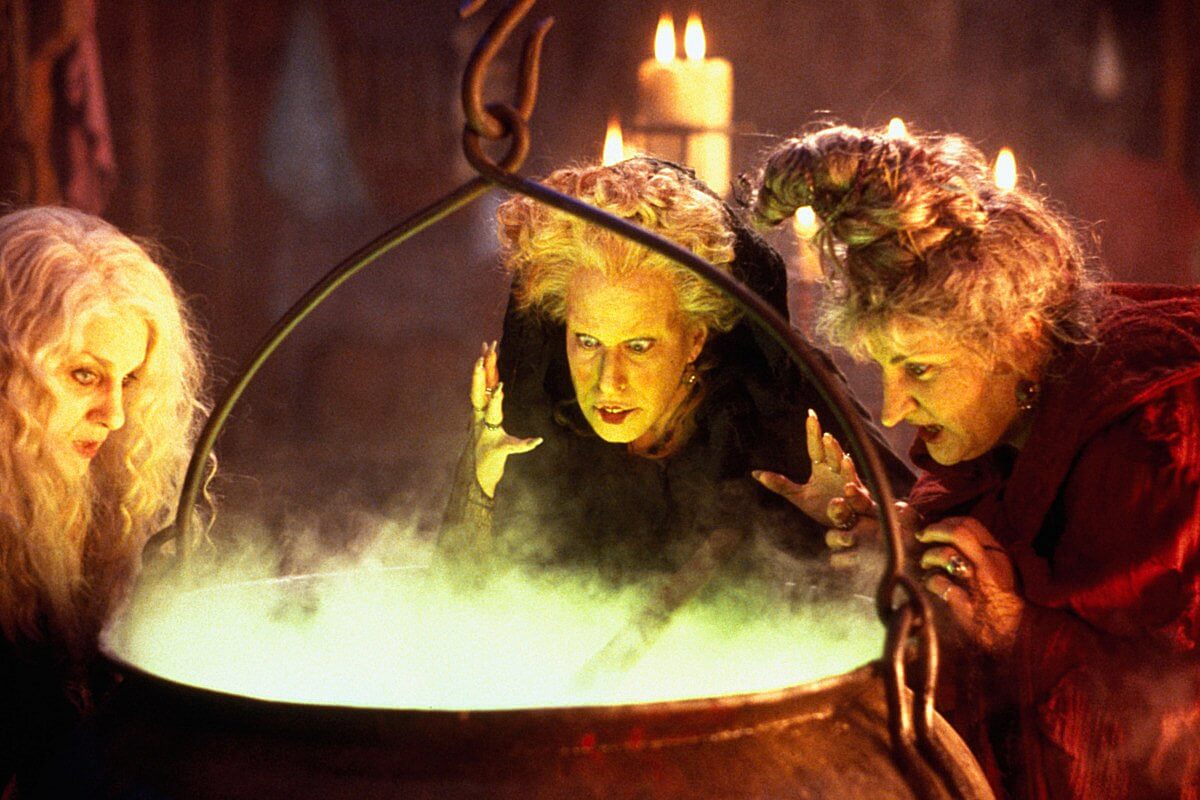
by Liz Leafloor,
Ancient Origins
As long as humanity has had beliefs in deities, the supernatural, and the power of magic, the use of magic, spells, and curses have featured widely across cultures. Very much entwined with human nature, such beliefs and practices have continued to the present day. Archaeological finds show evidence of a plethora of ancient curses and protective spells, such as the discovery of cursed tablets, evil eye talismans, and warding items.
Donate to In5D
With over 6,000+ free articles and 1,200+ free videos, any donation would be greatly appreciated!
Much love for your kind donation,
Gregg
The history of curses varies between cultures, locations, religions or beliefs, and times. However, the intention of the curse has consistently been to conjure a supernatural power to inflict misfortune or punishment on a target. A curse, sometimes called jinx, hex, or dark spell, can be verbalized, written, or sometimes cast through elaborate ritual. The aim is to see harm befall the recipient – bad luck may dog them, death may take them, or any number of dire (or annoying) fates may plague them. In antiquity a curse was a powerful phenomenon, often viewed as the summoned wrath of gods, or the presence of evil forces.
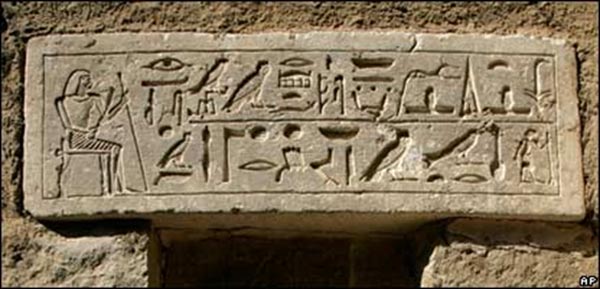
Ancient Egyptian Curse Inscription (Image Source)
It was believed that those finding themselves cursed could seek help from magic practitioners, shamans, religious leaders, healers or witchdoctors, and have the curse reversed through counter rituals or prayer. A way to avoid being cursed in the first place was to possess certain items of protection or warding.
The purpose of spells and curses were, and remain today, aimed at punishing or changing behavior, warding off disaster, and controlling the actions of other people.
Pharaohs Curse
Ancient Egyptian curses are probably the most notorious. They gained infamy in 1922 when the tomb of Pharaoh Tutankhamun was opened. The mysterious deaths of some of the archaeology team and prominent visitors to the tomb soon after it was opened, and the subsequent publicity, caused a firestorm of speculation as to the power of the curses. Journalists and authors of the day fanned the flames.
In reality, deadly curses in royal tombs in Egypt are rare, as the idea of invaders or raiders breaching the tomb and desecrating the contents was unthinkable and even dangerous to inscribe. Warnings or wards were more frequently used to preserve the ritual purity of a tomb, or for generalized protection. Wikipedia notes that some curses can be found in private tombs of the Old Kingdom. One tomb from the 9th to 10th dynasty warns “any ruler who… shall do evil or wickedness to this coffin… may Hemen ([a local deity]) not accept any goods he offers, and may his heir not inherit”.

The Royal Cobra (Uraeus) on the mask of Tutankhamun represented a protector goddess, and not a curse. (Wikipedia)
Warnings and Wardings
Curses, or the threat of cursed objects, was a clever method used to protect valuables. During the Medieval period, book curses were widely used and effective at keeping thieves away from precious tomes and important scrolls. The Medieval Catholic Church possessed many of the books, and the penalty for defacing or stealing books was high. Curses written in the tomes warned would-be thieves of dire repercussions, such as excommunication or damnation. This practice dated back to pre-Christian times, and was used in the earliest libraries. The books in a collection at the library at Ninevah in Mesopotamia were marked with various curses. In what reads as a threat against copyright infringement, one text has the warning, “Whosoever shall carry off this tablet, or shall inscribe his name on it, side by side with mine own, may Ashur and Belit overthrow him in wrath and anger, and may they destroy his name and posterity in the land.”
The idea of curses and jinxes is found in various holy books, as in the Christian Bible. The Generational Curse is one mentioned, appearing multiple times, notes GotQuestions, “(Exodus 20:5; 34:7; Numbers 14:18; Deuteronomy 5:9). God warns that He is “a jealous God, punishing the children for the sin of the fathers to the third and fourth generation of those who hate me.” The recommended way to break the generational curse is to repent and find salvation.
The infamous Devil’s Bible, a massive manuscript that legend says was written in a single night by a monk in a pact with the devil, is said to be cursed and brings misfortune to any who possess it.
Malevolent Hexes and Witchcraft
While history shows that pre-Christian beliefs included the power of both light blessings and curses, the concept of dark curses is now often associated with witchcraft and dark spirits.
Cursing Tablets were one way the people of the ancient Greco-Roman society attempted to harness malevolent spirits and the wrath of powerful gods to damn their foes. Binding spells would be scratched into the surface of thin, lead tablets. The tablets would then be rolled up, nails were driven into them, and they were placed underground. They ended up at the bottom of wells, nailed to temple walls, or buried with the dead. Sometimes tablets appealed to underworld gods, Pluto, Hekate, or Persephone, while other times the text simply named the victim and the misfortune or death that was to befall them. One tablet found in London reads: “I curse Tretia Maria and her life and mind and memory and liver and lungs mixed up together, and her words, thoughts and memory; thus may she be unable to speak what things are concealed, nor be able.”
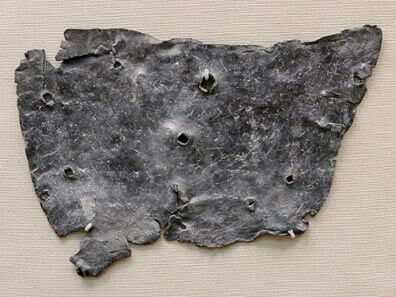
Cursed tablet found in London with inscription. (Wikipedia)
1600 year old tablet curses were found in Italy and recently translated. LiveScience reports that the malevolent words and frightening images were meant to spell the end for both a Roman senator and a veterinarian named Porcello. A drawing of the Greek goddess Hekate was scratched into the lead plate, with snakes writhing on her head. The curse read: “Destroy, crush, kill, strangle Porcello and wife Maurilla. Their soul, heart, buttocks, liver …”
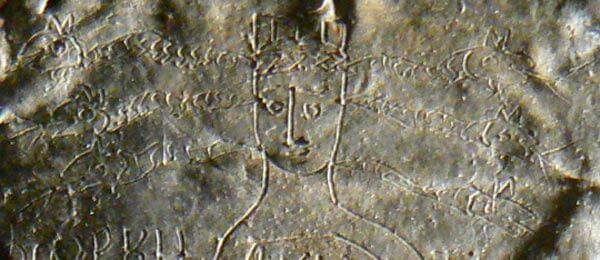
Tablet depicting deity with snakes coming out of its head (via LiveScience)
The practice of magic, or witchcraft is often associated with cursing and evil hexes. Historically in Europe it was assumed that if crops suffered blight, or food spoiled unexpectedly, that a curse was behind it. Other ‘evidence’ of cursing were horses going lame, or milk cows going dry. Accusations of witchcraft were a product of the tension created by such occurrences, and innocent people were frequently killed as a result of witch trials. With the death of the accused ‘witch’, it was believed the curse was broken.
The Evil Eye
The Evil Eye is a very ancient curse known around the world. It dates back to the upper Palaeolithic period, and it is still warded against today in many cultures, especially the Middle East, Latin America, Africa, Central America, Asia, Europe, and the Mediterranean. This malevolent glare, or evil look, is the cause of back luck or injury, and is a curse sometimes believed to be caused by feeling jealousy, possessing certain eye colors, or being over-complimentary or covetous.
Because belief in the power of the evil eye is so pervasive around the world, in many countries talismans or amulets designed to ward off the curse can be found readily.
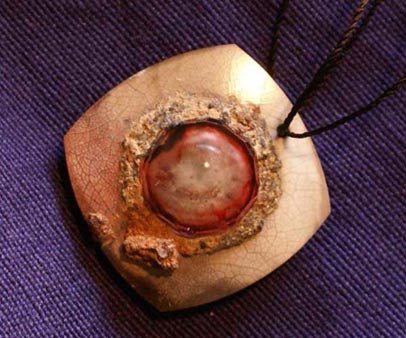
This Ruby Eye Pendant from an ancient Mesopotamia was used as a warding amulet to protect against the evil eye curse (Danieliness, Creative Commons)
While curses and magic might seem to be the superstition of the ancients, there are many today who still arm themselves with amulets or wards of protection against the affects of curses. Our rational, scientific world now scoffs at the idea of curses being a danger to anyone, and yet medical science can show that the Nocebo Effect – an adverse psychogenic reaction to a perception or expectation – remains a powerful psychological and physiological phenomenon. If you truly believe you’re cursed, and that belief is powerful enough, you may succumb to the curse whether it exists in reality or not.
In this way, perhaps curses from ancient times remain powerful to this very day.
References:
Black Magic Revealed in Two Ancient Curses– LiveScience
Curse – Wikipedia
Curse Tablet – Wikipedia
Book Curse – Wikipedia
What does the Bible Say – Got Questions?
Evil Eye – Wikipedia
In5D PATREON: https://www.patreon.com/in5d See our In5D articles the day before they’re released, AD FREE, on Patreon for a minimal donation!
Follow In5D on Patreon, Telegram, Twitter, Bitchute, TikTok, Instagram, Facebook, YouTube, Gab, and Truth Social @greggprescott















